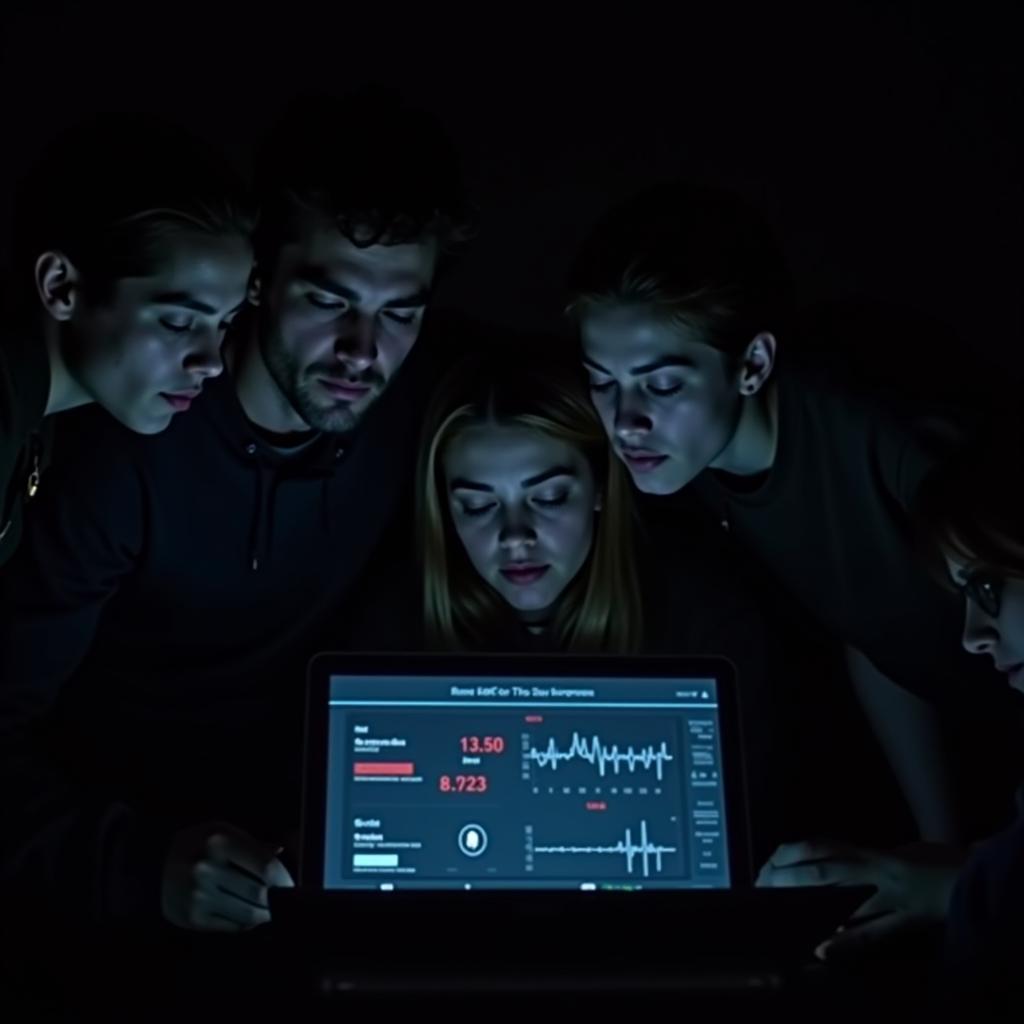The world of paranormal research, while often shrouded in mystery and speculation, relies heavily on “Research Data” to illuminate the shadows and provide a clearer understanding of the unexplained. This data, often gathered through meticulous observation, experimentation, and analysis, forms the bedrock upon which we build our theories and interpretations of the unknown.
The Quest for Empirical Evidence in a Realm of Shadows
Paranormal research, by its very nature, grapples with phenomena that defy conventional scientific explanation. While personal experiences and anecdotal accounts can be compelling, it is the systematic collection and analysis of research data that lends credibility to our investigations. This data can take many forms, from eyewitness testimonies and environmental readings to audio and video recordings of alleged paranormal activity.
One of the challenges inherent in this field is the subjective nature of much of the data. Eyewitness accounts, for instance, can be influenced by a multitude of factors, including fear, excitement, and even cultural beliefs. Therefore, it is crucial to approach such data with a critical eye, seeking corroboration from other sources and considering alternative explanations.
Navigating the Labyrinth: Types of Research Data in Paranormal Investigations
To navigate the labyrinth of the paranormal, researchers employ a diverse toolkit of data collection methods:
- Quantitative Data: This type of data, often numerical, is obtained through measurements and can be statistically analyzed. Examples include electromagnetic field (EMF) readings, temperature fluctuations, and changes in barometric pressure.
- Qualitative Data: This data is descriptive and often gathered through observations, interviews, and historical research. It helps researchers understand the context and meaning behind the phenomena being investigated. Examples include descriptions of apparitions, personal accounts of paranormal experiences, and historical records of hauntings.
- Experimental Data: This type of data is collected through controlled experiments designed to test specific hypotheses. For example, researchers might conduct experiments to investigate the potential for psychokinesis (mind over matter) or to see if certain environmental factors influence the likelihood of paranormal activity.
 A team of paranormal researchers analyze data on a laptop in a dimly lit room.
A team of paranormal researchers analyze data on a laptop in a dimly lit room.
Each type of data provides a unique piece of the puzzle, and it is through the triangulation of multiple data sources that researchers can begin to construct a more complete picture of the paranormal phenomenon under investigation.
The Importance of Rigor and Skepticism
While the pursuit of the paranormal often ignites a sense of wonder and excitement, it is vital to approach research with a healthy dose of skepticism. Every piece of data must be scrutinized for potential biases, errors, and alternative explanations.
Collaboration with experts in other fields, such as psychology, physics, and history, is essential to ensure that paranormal research maintains a high level of rigor and avoids misinterpretations of data.
Research Data: The Bridge Between Speculation and Understanding
In the end, research data serves as the crucial bridge between speculation and understanding in the realm of the paranormal. By meticulously gathering, analyzing, and interpreting data, we can move beyond mere ghost stories and urban legends toward a more nuanced and informed comprehension of the unexplained.
Do you have any compelling paranormal experiences or research data you’d like to share? We encourage you to reach out to our team.
FAQs
1. What is the most compelling evidence of the paranormal?
The answer to this question is subjective and varies depending on individual beliefs. However, some of the most frequently cited examples include EVP recordings, photographic evidence of apparitions, and documented cases of psychokinesis.
2. How can I contribute to paranormal research?
You can contribute by joining a local paranormal investigation group, documenting your own experiences, or supporting organizations dedicated to paranormal research.
3. Is paranormal research dangerous?
While paranormal investigations can be unsettling, they are generally safe when conducted with caution and respect for the unknown.
Delve Deeper into the Paranormal
- Explore our comprehensive nursing research databases for a wealth of information on the intersection of healthcare and paranormal phenomena.
- Interested in a career in data analysis? Discover the potential research data coordinator salary and career paths.
Contact us today for more information or to discuss your Paranormal Research needs. Our team is available 24/7 to assist you. Call us at 0904826292, email us at research@gmail.com, or visit us at No. 31, Alley 142/7, P. Phú Viên, Bồ Đề, Long Biên, Hà Nội, Việt Nam.